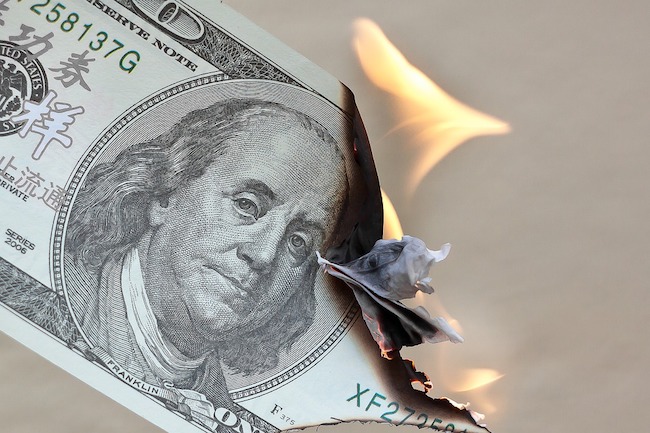The Changing Value of Money by Ray Dalio via LinkedIn
This is an appendix to Chapter 2, “The Big Cycle of Money, Credit, Debt, and Economic Activity” (and previous chapters from the series can be found here: Introduction and Chapter 1). It is intended to look at the concepts expressed in that chapter in a more granular way and to show you how these concepts are consistent with the actual cases that are behind the concepts. While in this appendix we will get a bit more into the mechanics and specifics than we did in Chapter 2, it is written in a way that should be both palatable to most people and specific enough to satisfy the needs of skilled economists and investors. If you find that the material that you are reading is getting too wonky for your taste just stick to reading that which is in bold and you should be just fine.
Rather than carefully examining the whole cycle (which we will do in the Part 2 examinations) we will focus exclusively on big devaluations and end of reserve currency periods because a) the dollar, euro, and yen are in the late stages of their long-term debt cycles when the debts denominated in them are high, real interest rate compensations for holding these debt assets are low, and large amounts of new debt denominated in them are being created and monetized—which is a higher-risk confluence of circumstances, and b) such big devaluations and/or the loss of reserve currency status by the leading reserve currencies would be the most disruptive economic event we could imagine.
As previously explained, there is a real economy and there is a financial economy, which are intertwined but different. The real economy and the financial economy each has its own supply and demand dynamics. In this section we will focus more on the supply and demand dynamics of the financial economy to explore what determines the value of money.
Printing and Devaluing Money Is the Easiest Way out of a Debt Crisis
While people tend to think that a currency is pretty much a permanent thing and believe that “cash” is the safe asset to hold, that’s not true because all currencies devalue or die and when they do cash and bonds (which are promises to receive currency) are devalued or wiped out. That is because printing a lot of currency and devaluing debt is the most expedient way of reducing or wiping out debt burdens. When the debt burdens are sufficiently reduced or eliminated, the credit/debt expansion cycles can begin all over again, as described in Chapter 2.
As I explained more comprehensively in my book Principles for Navigating Big Debt Crises than I can explain here, there are four levers that policy makers can pull to bring debt and debt-service levels down relative to the income and cash-flow levels that are required to service one’s debts:
- Austerity (spending less)
- Debt defaults and restructurings
- Transfers of money and credit from those who have more than they need to those who have less than they need (e.g., raise taxes)
- Printing money and devaluing it
Austerity is deflationary and doesn’t last long because it’s too painful. Debt defaults and restructurings are also deflationary and painful because the debts that are wiped out or reduced in value are someone’s assets; as a result defaults and restructurings are painful for both the debtor who goes broke and has their assets taken away and for the creditor who loses the wealth arising from having to write down the debt. Transfers of money and credit from those who have more than they need to those who have less than they need (e.g., raising taxes to redistribute wealth) is politically challenging but more tolerable than the first two ways and is typically part of the resolution. In comparison to the others, printing money is the most expedient, least well-understood, and most common big way of restructuring debts. In fact it seems good rather than bad to most people because it helps to relieve debt squeezes, it’s tough to identify any harmed parties that the wealth was taken away from to provide this financial wealth (though they are the holders of money and debt assets), and in most cases it causes assets to go up in the depreciating currency that people use to measure their wealth in so that it appears that people are getting richer.




